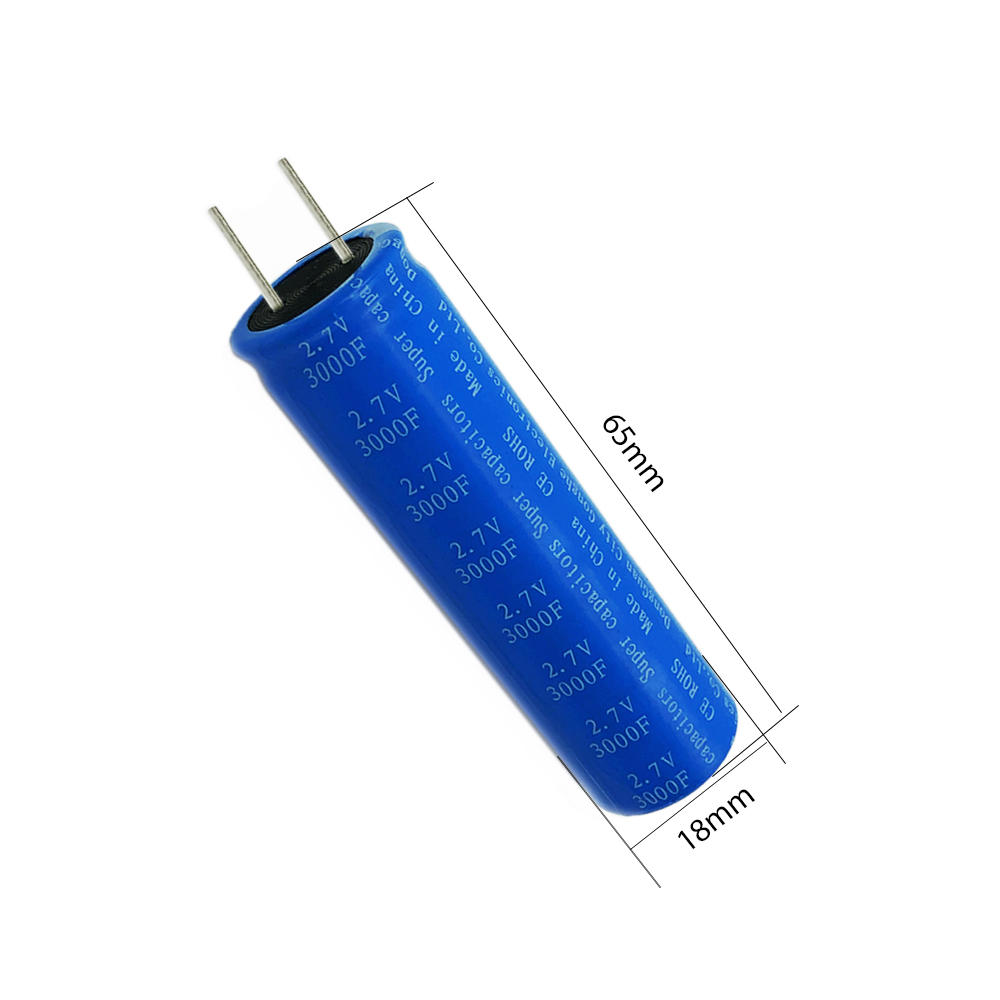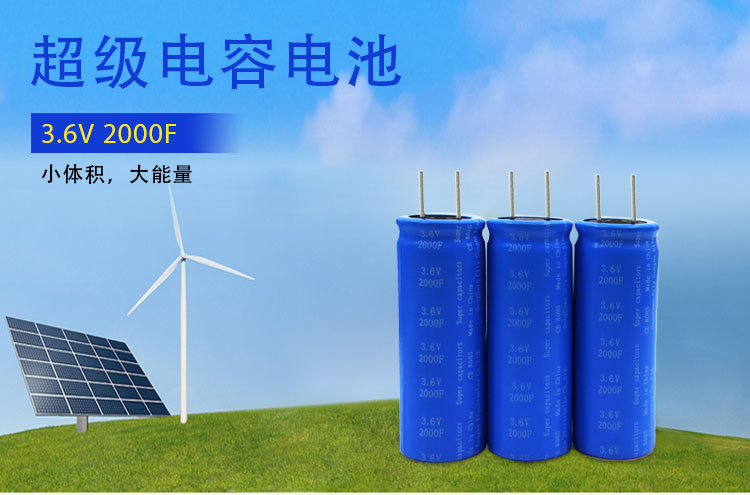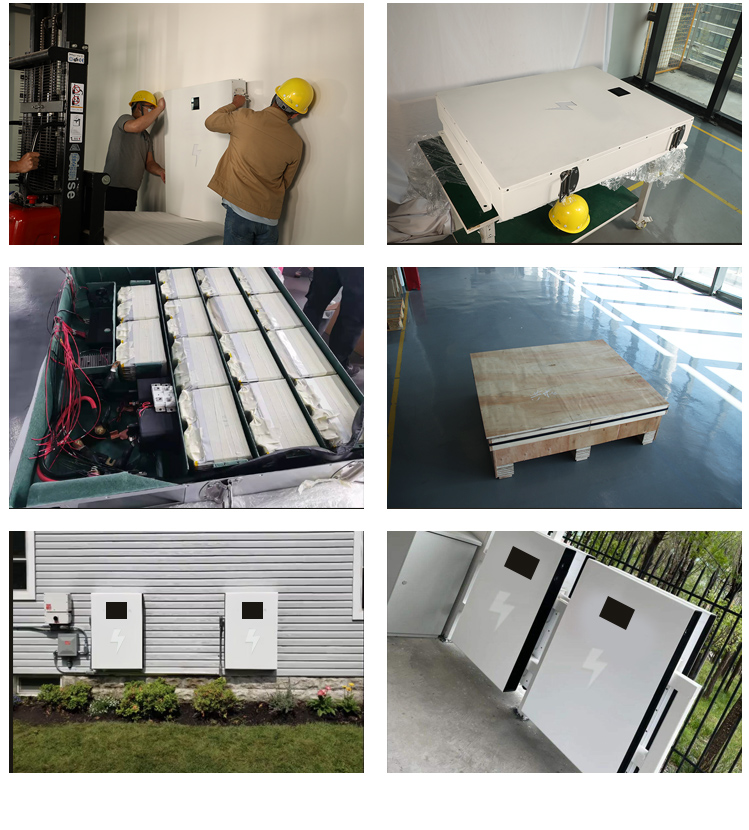Wedoany.com Report-Nov 1, Petrobras and its partners in the Libra Consortium have commenced oil and gas production from the Marechal Duque de Caxias platform ship (Mero 3), offshore Brazil.
The platform is part of the Mero field, located within the Libra block of the Santos Basin’s pre-salt layer.
It is a floating production, storage, and offloading (FPSO) unit, which is capable of producing up to 180,000 barrels of oil and compressing up to 12 million cubic metres of gas per day. This new capacity will increase Mero’s total daily production capacity from 410,000 barrels to as much as 590,000 barrels of oil.
The final investment decision (FID) on the Mero 3 project was made in August 2020.
The Mero field forms part of the Libra Production Sharing Contract (PSC), which was signed in December 2013. The FPSO Marechal Duque de Caxias represents the fourth production system in Mero, chartered from Malaysia International Shipping (MISC).
The FPSO is interconnected through an undersea infrastructure to 15 wells, comprising eight oil production wells and seven water and gas injection wells. The field already has the FPSO Pioneiro de Libra and two other definitive systems, FPSO Guanabara (Mero 1) and FPSO Sepetiba (Mero 2), in operation.
Together with the early production system, the three FPSOs currently online offer a combined installed production capacity of 590,000 barrels of oil equivalent per day (boe/d).
SBM Offshore MISC has been responsible for the engineering, procurement, construction, mobilisation, installation, and operation of the FPSO Marechal Duque de Caxias. This includes the provision of topside processing equipment and hull and marine systems.
The FPSO Marechal Duque de Caxias is positioned 200km from the coast of Rio de Janeiro at a water depth of 2,200m. The preceding unit, Mero 2, started production in December 2023, while Mero 1 began operations in May 2022.
The Mero 3 platform also features advanced technologies intended to enhance production, such as the HISEP system, expected to become operational in 2028. This system will separate oil and gas at the seabed, reinjecting the CO2-rich gas back into the reservoir, reducing surface gas processing requirements and minimising greenhouse gas emissions.
Petrobras exploitation and production director Sylvia Anjos said: “The FPSO Marechal Duque de Caxias has features that suit Petrobras’s current project of maintaining high production levels, prioritizing decarbonisation technologies and environmental care very well.
“The FPSO will be the third of this size installed in the Mero field in the last 30 months, which will boost its installed capacity to 590 thousand barrels of oil per day in the short run.”
Petrobras holds a 38.6% operating interest in the Mero Unitised Field, while Shell Brasil and TotalEnergies each own a 19.3% stake. CNPC and CNOOC each hold 9.65%, with PPSA representing the Brazilian government with a 3.5% share in the non-contracted area.












